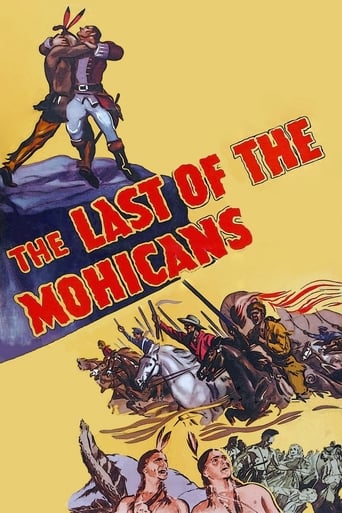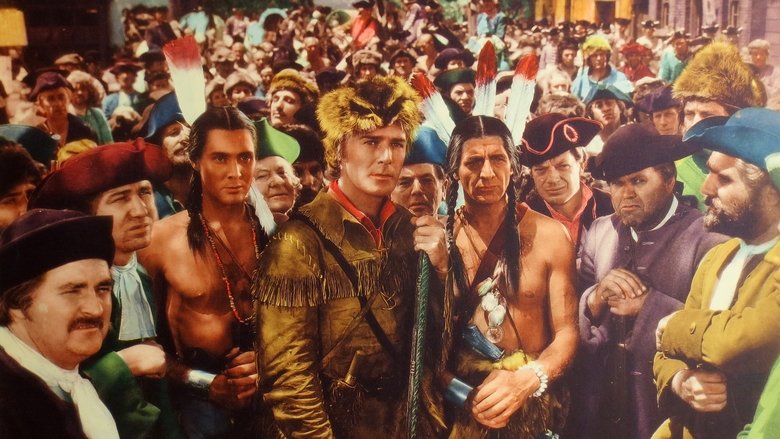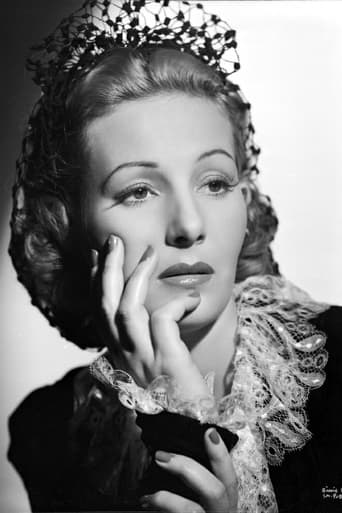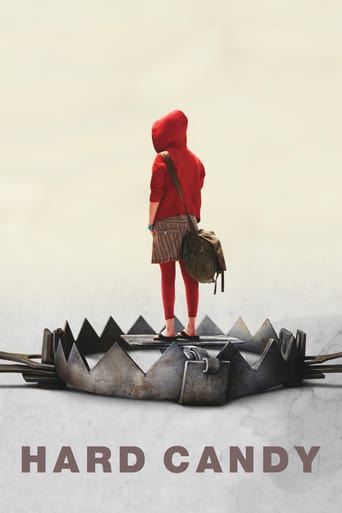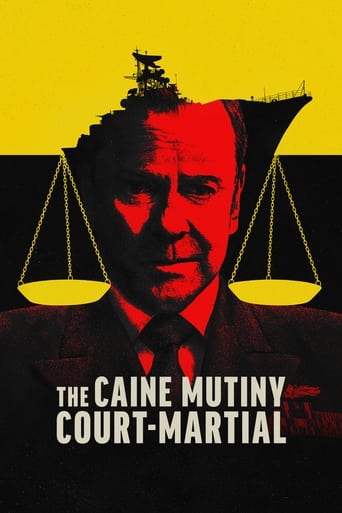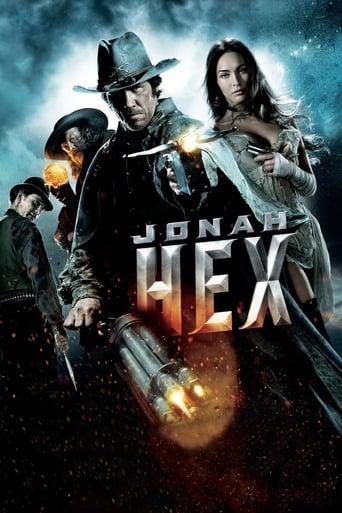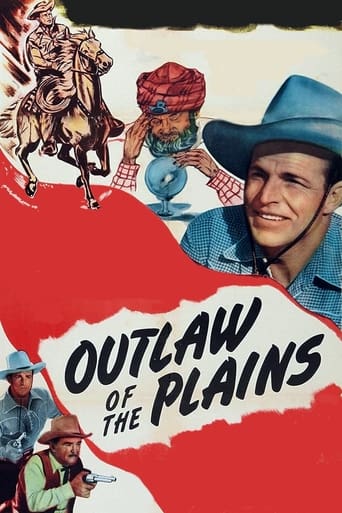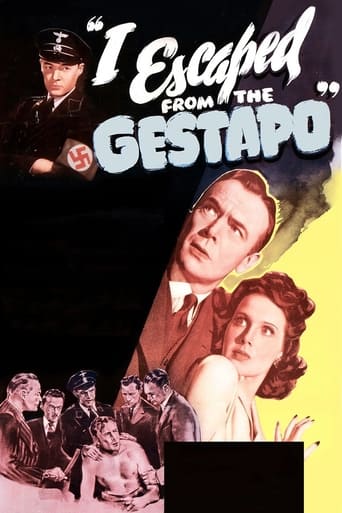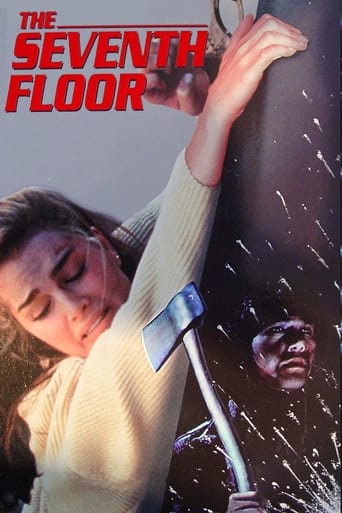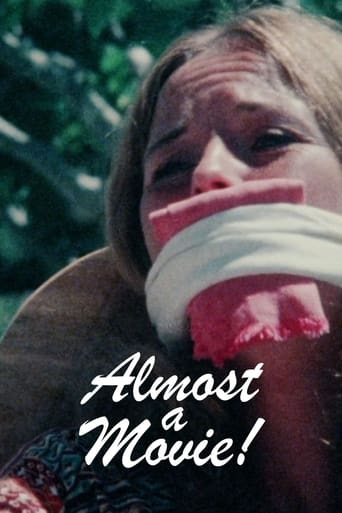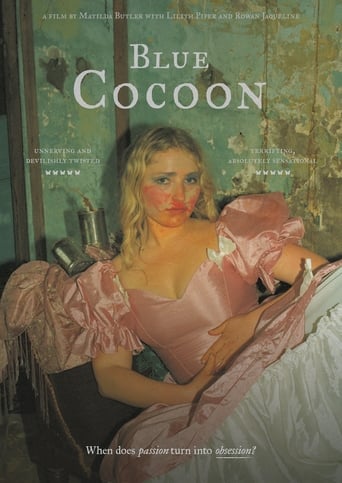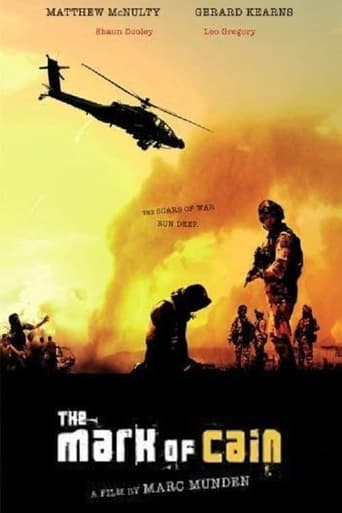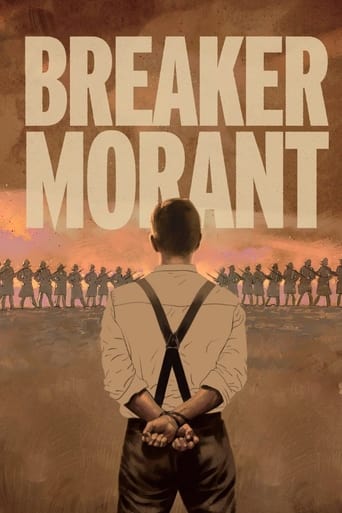The Last of the Mohicans (1936)
The story is set in the British province of New York during the French and Indian War, and concerns—in part—a Huron massacre (with passive French acquiescence) of between 500 to 1,500 Anglo-American troops, who had honorably surrendered at Fort William Henry, plus some women and servants; the kidnapping of two sisters, daughters of the British commander; and their rescue by the last Mohicans.
Watch Trailer
Cast


Similar titles
Reviews
Very Cool!!!
Sadly Over-hyped
Overrated
Don't listen to the negative reviews
Randolph Scott (Hawkeye), Binnie Barnes (Alice Munro), Henry Wilcoxon (Major Duncan Heyward), Heather Angel (Cora Munro), Phillip Reed (Uncas), Hugh Buckler (Colonel Munro), Bruce Cabot (Magua), Robert Barrat (Chingachgook), Lumsden Hare Willard Robertson (Captain Winthrop), Frank McGlynn, senior (David Gamut), Will Stanton (Jenkins), William V. Mong (Sacham), Olaf Hytten (King George II), Reginald Barlow (Duke of Newcastle), Lionel Belmore (patrone), Harry Cording (trapper), Art Dupuis (De Levis), Claude King (Duke of Marlborough), John Sutton (British officer), Ian Maclaren (William Pitt), William Stack (General Montcalm). Director: GEORGE B. SEITZ. Associate director: Wallace Fox. Screenplay: Phillip Dunne. Adapted by John Balderston, Paul Perez and Daniel Moore from the 1826 novel by James Fenimore Cooper. Photography: Robert Planck. Film editors: Jack Dennis, Harry Marker. Music: Roy Webb. Music director: Nathaniel Shilkret. Music orchestrated by: Hugo Friedhofer and Bernhard Kaun. Art director: John DuCasse Schulz. Costumes designed by Franc Smith. Research: Edward P. Lambert. Continuity "girl": Carl Roup. Production supervisor: Harry M. Goetz. Assistant director: John L. Cass. Producer: Edward Small. An Edward Small Production. Copyright 18 August 1936 by Reliance Productions of California. Released through United Artists: 4 September 1936. New York opening at the Rivoli: 2 September 1936. Australian release: 21 October 1936. 91 minutes.SYNOPSIS: It's an odd adaptation indeed when a novel's title character is reduced to little more than a bit part and the narrative's other principal figure, the misanthropic Hawkeye, is not only handed a love interest but actually succumbs to this failing. COMMENT: I know this adaptation has its supporters, and it's true both that Randolph Scott makes a very capable Hawkeye (despite his unwarranted interest in a passing pretty face) and that the movie has its fair share of action. All the same, to my mind, some familiar players look distinctly uncomfortable as Indians or rough colonials, and, what's worse, neither the direction nor the photography look sufficiently distinguished to do even this drastically pruned and considerably modified version of the novel anything like justice.
For fans of the Daniel Day Lewis version of this story this will seem like a rough draft of that film. It's obvious that the makers of the later version relied on this as a springboard and to be fair to this one it's limited by both budgetary and film making techniques of the time. The addition of color, location filming and advanced techniques lend a kinetic edge to the newer version that this one can't match. On it's own it's got some pleasures but many of the performances are stiff, especially Randolph Scott who seems flat particularly when held up against Day Lewis's work. That may be an unfair comparison since few are as skillful as he and Scott was hardly the most naturalistic actor. It's not a bad blueprint but the Michael Mann remake is superior in every way.
James Fenimore Cooper's Last of the Mohicans has been an American classic for several years. It's still considered to have set the standard for writing about the French and Indian war period. More people get their knowledge from that novel as opposed to a serious historical study like Francis Parkman's.Major Duncan Heyward played by Henry Wilcoxon is charged with escorting the two daughters of his commanding officer to their father at Fort William Henry. The daughters are a pair of beauties, Binnie Barnes and Heather Angel. Along to blaze the trail are white scout Hawkeye and a father and son team of Mohican Indians, Robert Barrat and Phillip Reed as Chingachgook and Uncas.The trip might better never been made because when they get there the fort is under siege from the French army under General Montcalm and from the Huron Indians as well. The reason why The Last of the Mohicans holds up so well even today is that Cooper invests his Indian characters with dignity and strength. Even the villainous Magua played by Bruce Cabot makes it plain he's an equal ally of the French not a retainer. Of course he shows his independence of them in a most savage way.Randolph Scott has one of his best early roles as Hawkeye as does Henry Wilcoxon in one of his few non-DeMille screen appearances of note. Also the theme of interracial love was daring in its time to be written. Phillip Reed and Heather Angel are a pair of frontier Romeo and Juliet types, we really feel for their tragedy.Though a big budget version with Daniel Day-Lewis is out there and more people are familiar with it, this version of The Last of the Mohicans still holds up well today.
Two movies about early-frontier America were released in the autumn of 1936: "The Last of the Mohicans" with Randolph Scott and "Daniel Boone" with George O'Brien. Both were set in the years just prior to the American Revolution, both had Heather Angel in the cast, and both featured a romantic triangle involving a coonskin-capped frontiersman and a powdered-wigged dandy in love with the same woman. Though well over 65 years old, both movies still play well today for any audience that doesn't instantly recoil at the sight of, ugh!, black-and-white cinematography.Curiously, both movies have a scene in which the leading man is tied to a stake in an Indian village so that he can be burned alive. There are several similarities in these scenes -- both men appear bare-chested, for example -- but it's the differences in the scenes which are intriguing.Basically, the burning-at-the-stake scene in "Daniel Boone" is a masculine scene whereas that in "Mohicans" is a feminine scene. In "Daniel Boone," George O'Brien has a tough, virile look with scrappy hair and a tanned, sweaty torso. He wears his pants low enough to show off his navel. He doesn't go to the stake willingly and when the fire is lit, he struggles and kicks and squirms to avoid the flames.Randolph Scott, on the other hand, has a pale look to his skin and he never seems to sweat. He wears his pants high enough to cover his navel and his hair has been styled with marcel waves. He goes to the stake as a willing sacrifice and he never struggles against his bonds. Close-up shots of his face show him with the resigned, masochistic expression of a martyr in a medieval icon.Which scene is better? Probably that in "Daniel Boone" but it's largely a matter of taste. In both scenes, by the way, the leading man displays his manly torso but is allowed to keep his pants on. Apparently those Indians were big on agonizing tortures so long as they were conducted with proper modesty.Finally, note the rawhide straps which cross Randolph Scott's chest in "Mohicans." When first seen, they're positioned below his nipples but during the course of his ordeal they somehow manage to creep up his torso.(For the record, this scene of "Hawkeye" being tortured does not occur in James Fenimore's Cooper novel.)

